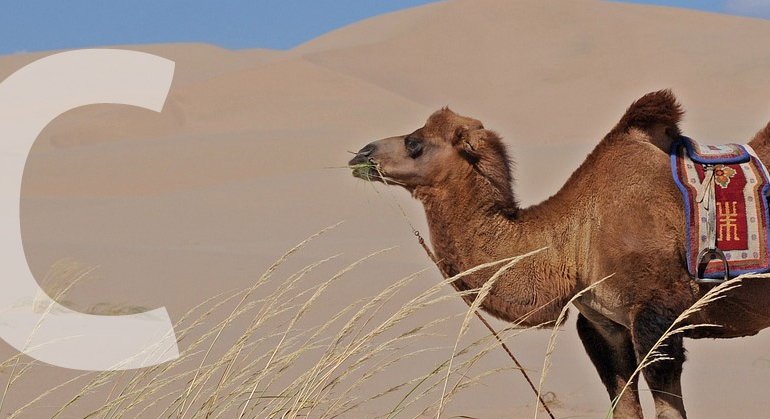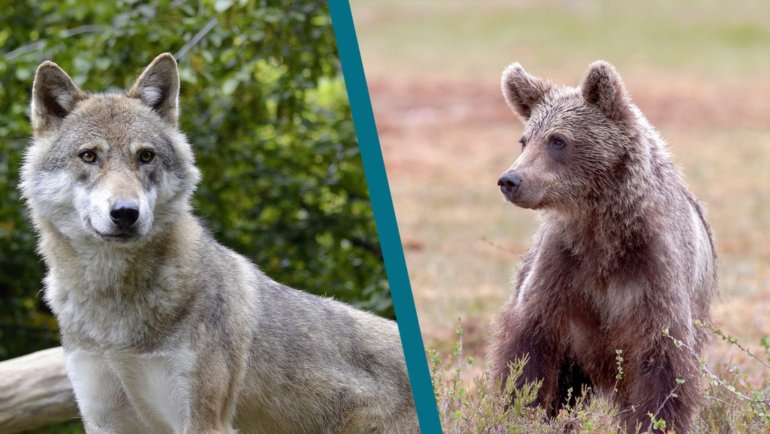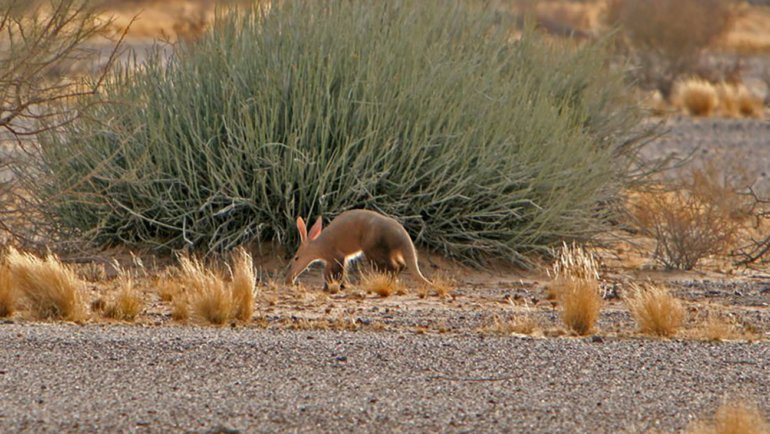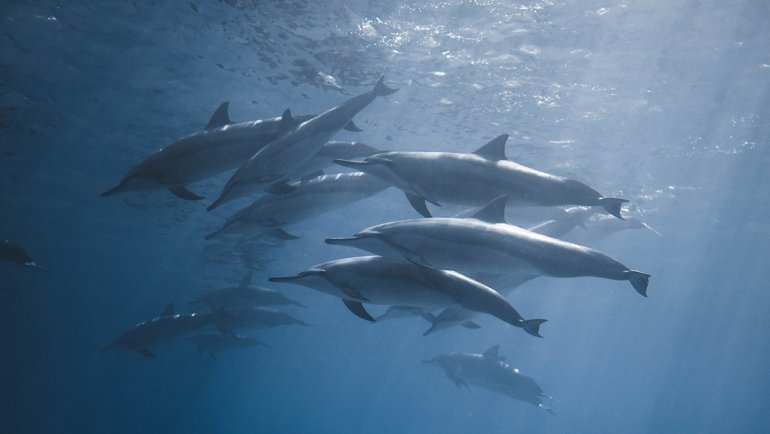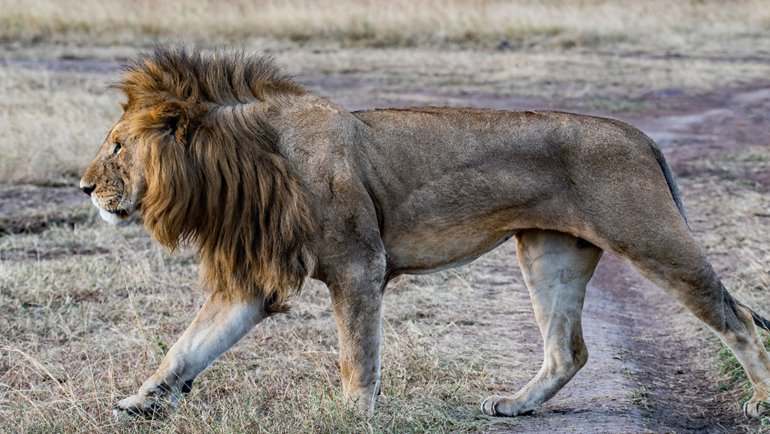From the awe-inspiring expanses of the Arctic tundra to the dense, verdant forests of South Asia, one creature stands as a true emblem of the wild – the bear.
In this article, we invite you to venture into the wilderness, to traverse the mountain ranges, forests, and icy plains where these magnificent animals roam. As we explore, we will unravel a series of incredible facts about bears that will astound, delight, and deepen your appreciation for these iconic creatures.
So, are you ready to embark on this exciting journey? Let’s set foot into the world of bears, a journey that promises to be as enchanting and varied as the bears themselves.
Contents
show
Essential Information About Bears
- Scientific name: family Ursidae
- Type of Animal: Mammal
- Size: Depends on the species – From 1-1.4 meters (40-55 in) for the sun bear, to 2.5-3 meters (8.2-9.9 feet) for the large polar bears.
- Weight: Depends on the species – From 25-65 kg (55-145 lbs) for the sun bear, to 350-700 kg (770-1,500 lbs) for the largest polar bears.
- Geographic range: North America (American black bear, brown bear), Europe (brown bear), Asia (sun bear, brown bear), the Arctic Ocean (polar bear), South America (spectacled bear), China (giant panda).
- Habitat: Forests, grasslands, steppes, the Arctic tundra, drift ice (polar bear)
- Diet: Depends on the species. The polar bear is mostly carnivorous, other species are omnivorous, and the giant panda feeds almost exclusively on bamboo.
- Predators: Mainly Humans for adult bears. Big cats and wolves may prey on bear cubs.
- Reproduction: They start breeding at around 4 years old, and females give birth to 1-4 cubs, every 2 to 4 years. Cubs are born during the first two months of hibernation, after delayed implantation (see facts below).
- Conservation status: Vulnerable, except for the Brown Bear and the Black Bear which are listed as “Least Concern”.
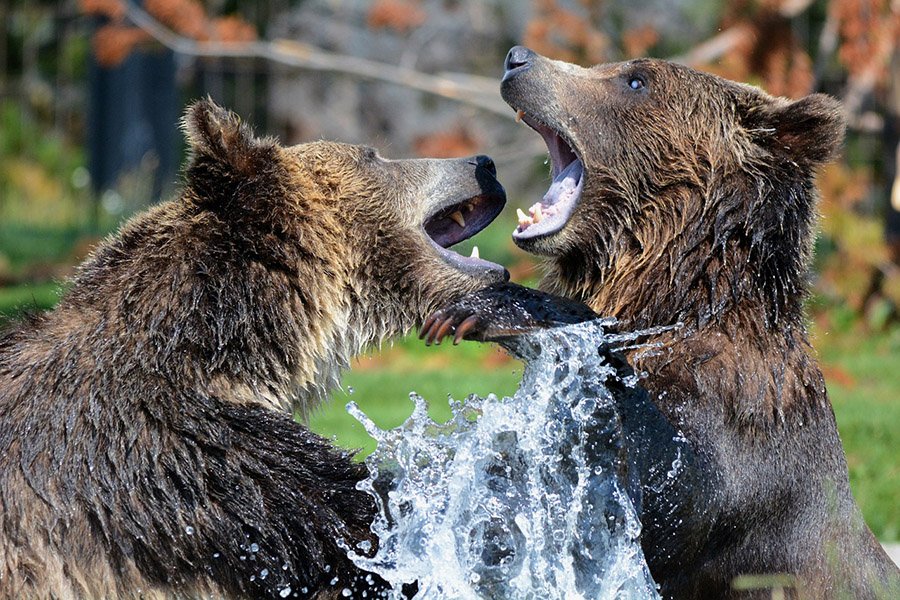
30 Fascinating Facts About Bears
- Number of Species: There are eight different species of bears in the world: brown bears, black bears, polar bears, Asiatic black bears, sun bears, sloth bears, spectacled bears, and the giant panda. Each species has unique characteristics and habitats, ranging from the icy terrains of the Arctic to the dense forests of South America.
- Bear Size: The polar bear is the largest species of bear and one of the largest land carnivores. Adult males can weigh up to 1,600 pounds and measure nearly 10 feet in length, showcasing the incredible size these creatures can reach.
- Hibernation: Bears are known for their ability to hibernate during winter months. During this time, their body temperature drops slightly, and their heart rate slows down to conserve energy. Unlike true hibernators, they can be awakened easily and defend themselves or run away if needed.
- Diet: Despite their reputation as fierce hunters, most bears are omnivorous and have a diet composed largely of vegetation. They consume berries, fruits, roots, and insects, though they can and will eat other animals as well.
- Bears and Honey: Bears do love honey, and they will go to great lengths to get it, often risking bee stings to raid beehives. They don’t just consume the honey but also eat the protein-rich bee larvae.
- Bear Cubs: Bear cubs are typically born during the mother’s hibernation period. They are born blind and hairless, relying entirely on their mother for warmth and nutrition.
- Lifespan: The lifespan of bears varies by species but on average, wild bears live for about 25 years. In captivity, without the threats they face in the wild, they can live up to 30 years or more.
- Panda’s Bamboo Diet: Despite being classified as carnivores, giant pandas have a diet that is 99% bamboo. They consume up to 38 kg (84 lbs) of bamboo a day to make up for the low nutritional value.

- Fast Runners: Bears might look slow and cumbersome, but don’t be fooled – they can run up to 35 miles per hour (56 km/h). This speed is particularly surprising considering their large size.
- Swimming Ability: Bears are excellent swimmers, with species like the polar bear spending a significant amount of time in the water. They can swim for long distances and are quite agile, using their swimming skills to catch fish and other aquatic prey.
- Bear Communication: Bears communicate through sounds, body language, and scent marking. They can make a variety of sounds, from growls and roars to moans and huffs.
- Delayed Implantation: Some bear species exhibit a reproductive process called delayed implantation. The fertilized egg doesn’t implant and start growing until several months after fertilization, ensuring the cubs are born during the most favorable time of year.
- Tool Use: A brown bear has been observed using a tool to scratch its face. Most of the time, however, they scratch themselves against stationary objects like rocks or trees.
- Solitary Animals: Most bear species are solitary, except mothers with cubs or occasional seasonal gatherings around abundant food sources. Males and females generally only come together during the breeding season.
- Keen Sense of Smell: Bears have an excellent sense of smell, thought to be the most acute of any animal on Earth. They can detect food, mates, and danger from miles away.
- Climbing Skills: Many bear species, such as the black bear, are excellent climbers. Even cubs can quickly scamper up trees. They use this skill to find food, escape predators, or rest safely.
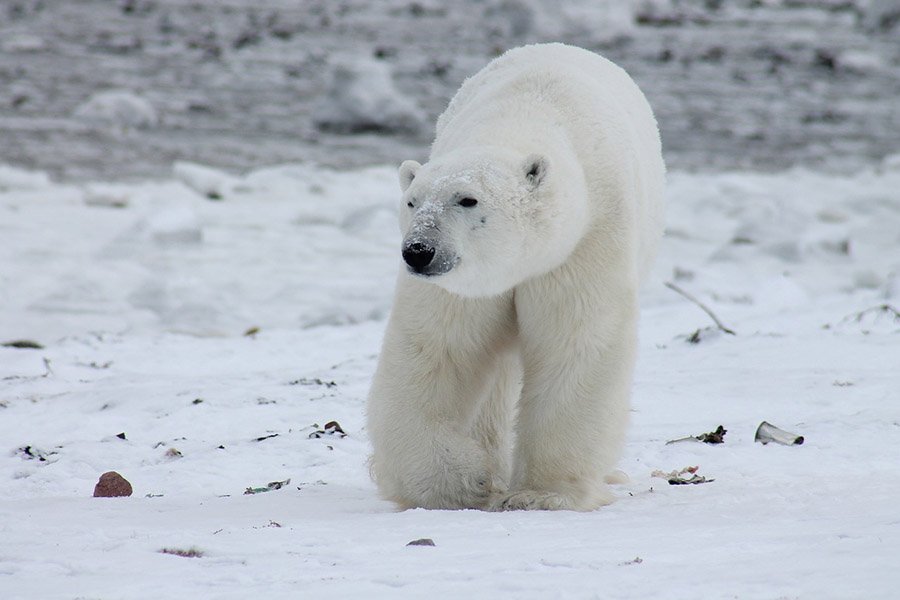
- Size Variation: There is a significant size difference among bear species. The smallest, the sun bear, weighs only around 80-150 pounds, whereas the largest, the polar bear, can weigh up to 1600 pounds.
- Bear Dens: Bears make dens for hibernation, often in the side of a hill, under the root system of a tree, in a cave, or a hollowed-out tree. The dens provide a safe, comfortable place for a bear to sleep through the winter months.
- Vision: Contrary to what many people believe, bears have a pretty good vision that is similar to the one of humans. Bears also have excellent night vision, thanks to a higher number of rod cells in their eyes.
- Endangered Status: Of the eight bear species, six are classified as vulnerable or endangered due to threats like habitat loss, illegal hunting, and climate change. Conservation efforts are ongoing to protect these remarkable animals.
- Strength: Bears are incredibly strong. They can move large boulders and logs while foraging, and a swipe from a bear’s paw is powerful enough to break the neck of a deer.
- Intelligence: Bears are highly intelligent and have excellent memories, particularly when it comes to locating food sources. They can remember the details of a landscape – and where to find their favorite food – for up to 10 years.
- Territorial Marking: Bears are territorial and use scent and visual markings to delineate their territory. These markings serve as a warning to other bears and help prevent unnecessary confrontations.
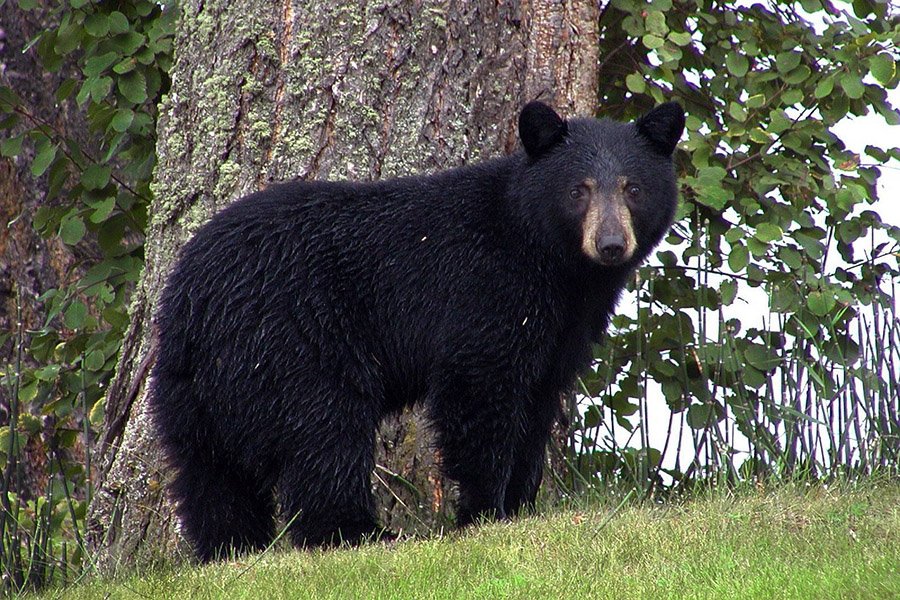
- Bear Gallbladders: Bear gallbladders have been sought after in traditional Asian medicine, leading to illegal bear hunting. This practice threatens the survival of certain bear species and is heavily contested by animal rights groups.
- Bear Conservation: In certain areas, programs have been initiated to protect bears and their habitats. For example, in North America, BearWise programs educate people on living harmoniously with bears.
- Coat Color: Bears come in a range of colors, from white to black, and many shades in between. Some species, like the brown bear, can have significant color variations within the same species.
- Bear Behaviors: Bears exhibit behaviors like rubbing, scratching, and even biting trees. These behaviors leave scent marks and visual signals for other bears.
- Bear and Human Conflict: Bears can become a danger to humans, particularly when they become habituated to human food or garbage. Management of attractants is the best way to prevent these conflicts.
- Climate Change Impact: Climate change is a significant threat to certain bear species, especially polar bears. Melting sea ice from global warming reduces their habitat and hunting grounds.
- Bear Worship: Bears have been revered and worshipped in many cultures throughout history. They’re often seen as symbols of strength, courage, and endurance.
Other Articles About Bears
References
- https://en.wikipedia.org/wiki/Bear
- https://www.nationalgeographic.com/animals/mammals/facts/bears-grizzly-polar-panda
- https://a-z-animals.com/animals/bear/
- https://www.britannica.com/animal/bear
- https://www.worldwildlife.org/species/polar-bear
- https://bearwise.org/
- https://www.iucnredlist.org/search?query=bear&searchType=species
